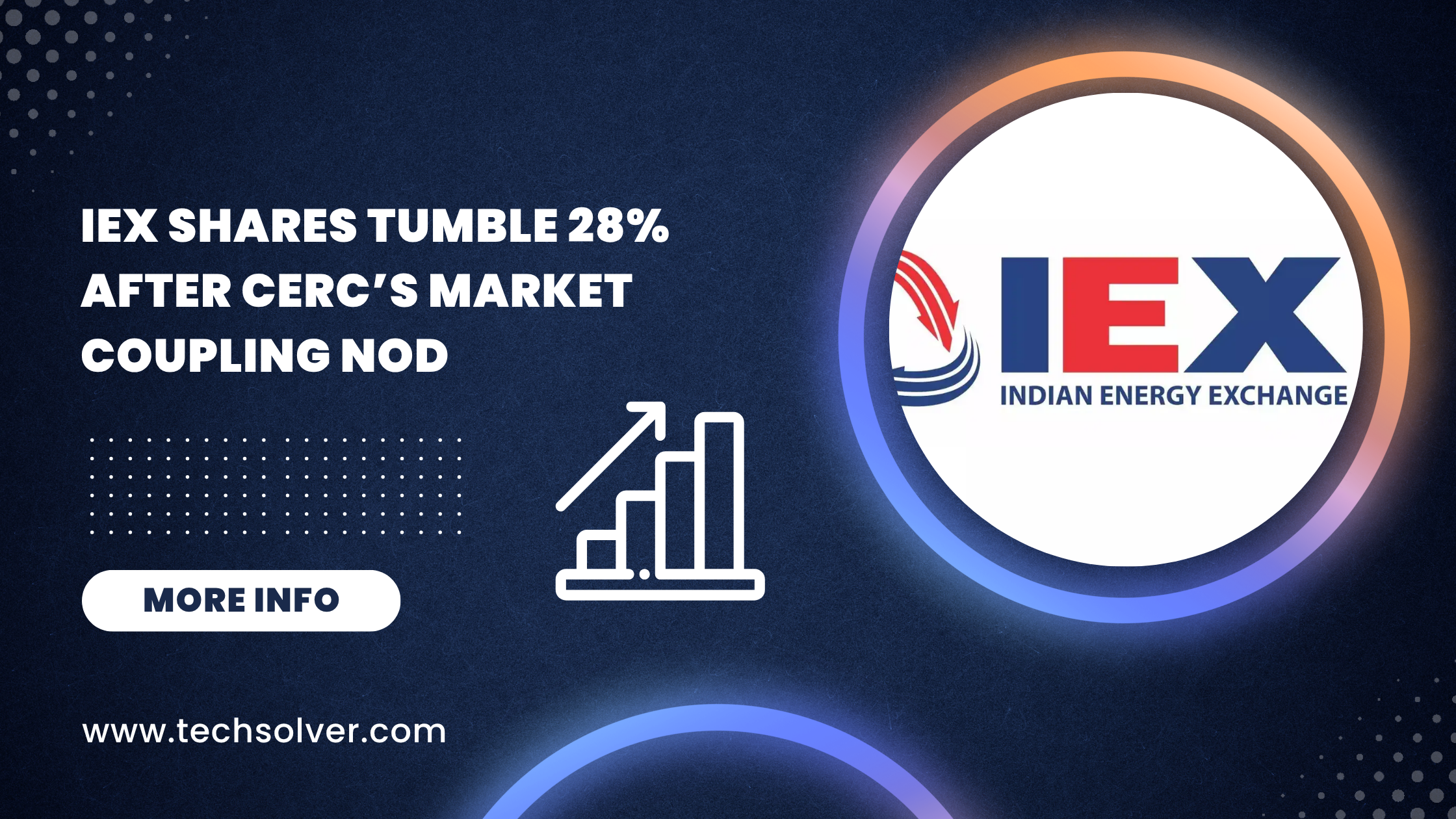The Indian Energy Exchange (IEX), India’s premier power trading platform, faced a dramatic sell-off on July 24, 2025, with its share price plunging 28% to ₹135.26 on the NSE. This sharp decline came hours after the Central Electricity Regulatory Commission (CERC) approved the implementation of market coupling, a move set to reshape the structure of electricity price discovery in India.
Let’s break down what this means, why investors are worried, and how this decision might change the game for IEX and the energy trading ecosystem.
What is Market Coupling?
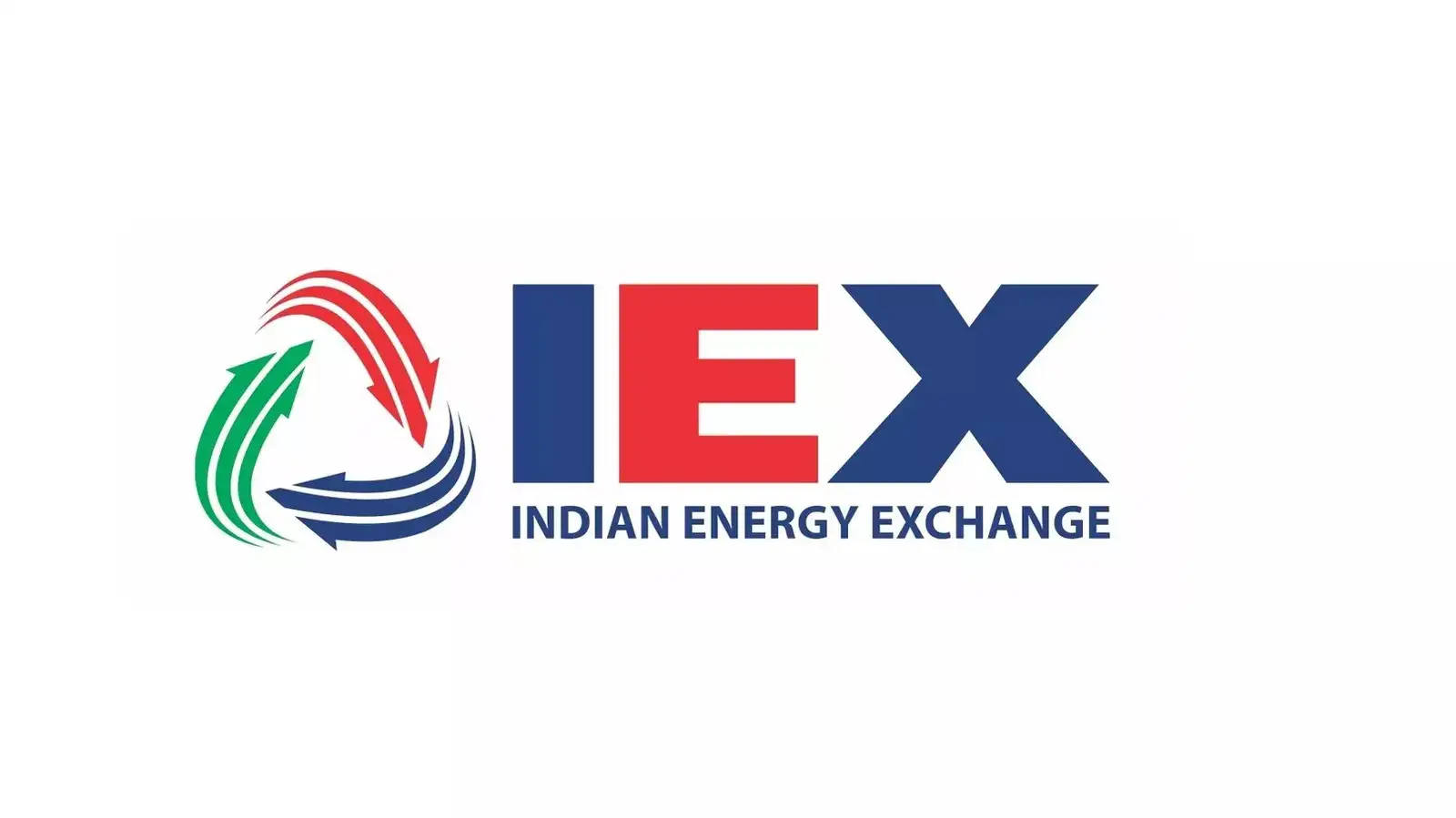
Market coupling is a mechanism where all bids from different power exchanges are pooled and matched through a single, centralized system. Instead of each power exchange determining prices separately, a common clearing price will be discovered for the entire market.
This system, widely used in Europe, is designed to:
- Increase price efficiency
- Reduce regional price differences
- Ensure fair access for all participants
However, while it may benefit the larger power market in the long run, it significantly alters the business model for leading platforms like IEX.
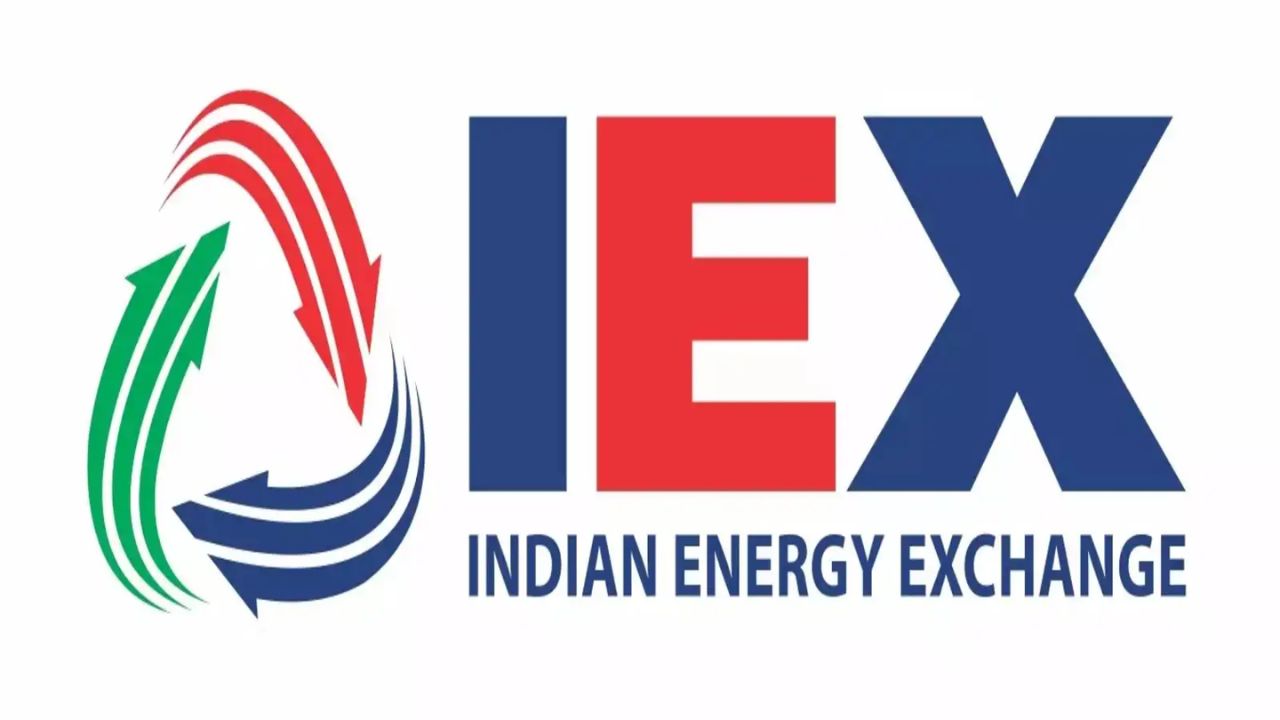
The immediate sell-off in IEX shares is mainly due to fear of losing market dominance. Currently, IEX controls a major share of the Day-Ahead Market (DAM) and Real-Time Market (RTM), which together contribute around 80% of the company’s revenue.
Market coupling removes the edge that IEX has built over the years—its liquidity moat. With prices being set centrally across platforms, IEX may:
- Lose its pricing power
- See reduced transaction volumes
- Face compression in transaction fees
- Witness lower margins and earnings
CERC’s Plan: What Has Been Announced?
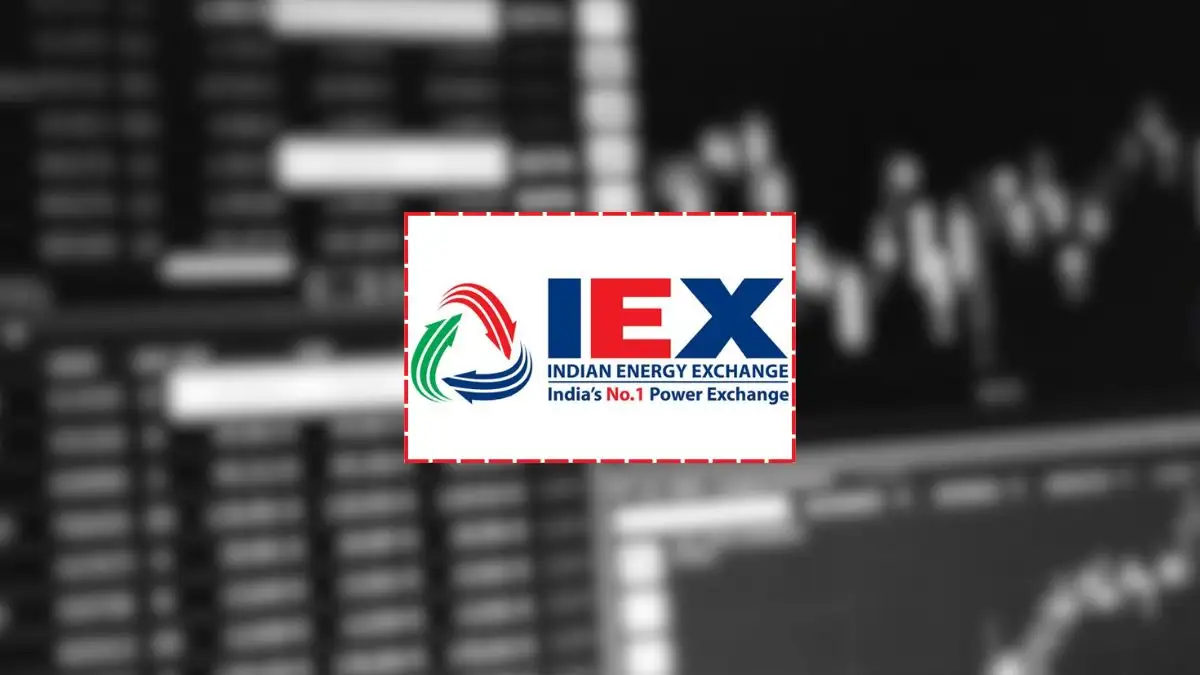
On July 23, 2025, the CERC issued its final approval to implement market coupling in phases. The rollout will begin with the DAM segment in January 2026. Consultations with Grid-India and other power sector entities have been ongoing for months, and the final decision confirms that the regulatory push is now official.
Further coupling of RTM and other segments is expected to be considered in later phases.

The announcement has led to divided opinions among analysts and brokerages.
🔻 Negative Outlook: Bernstein
- Downgraded IEX’s target price to ₹122 from ₹160
- Maintains a Market-Perform rating
- Comment: “Coupling… as bad as it gets”
- Highlights risk to IEX’s fees and market share
🔸 Neutral to Positive: UBS
- Maintains a Buy rating with a revised target of ₹285
- Acknowledges the move as negative but believes impact could be muted
- Points to Grid-India estimates suggesting only 0.01–0.3% benefit in overall savings or volume shift
- Notes that RTM coupling is not immediate, leaving IEX time to adapt
⚠️ Caution: Axis Capital
- Highlights that had coupling existed in FY25, IEX’s EPS might have been 30% lower
- Stresses that management’s strategy to mitigate market share loss will be key

The timing of the CERC order is particularly critical. It came just hours before IEX is set to release its Q1 FY26 earnings. The market is not only reacting to the regulatory shock but is also anxious about the upcoming performance numbers and how the company will handle the structural changes.
Analysts will be closely watching for:
- Volume trends in DAM and RTM
- Comments on future growth areas (e.g., Green Day-Ahead Market, Cross-Border Trades)
- Strategies for adapting to coupling (technology upgrades, pricing changes, partnerships)
Long-Term Impact on IEX and Power Trading
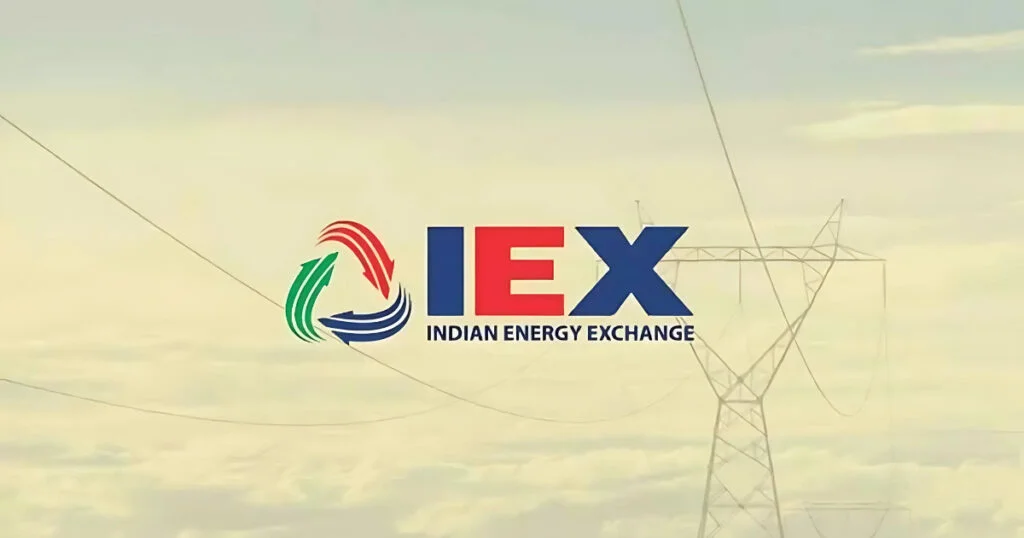
The short-term sentiment is clearly negative. However, the long-term picture is still unfolding. While IEX might see pressure on its earnings and margins, there are still opportunities if the company pivots well:
- Diversifying revenue from newer segments like green power trading
- Increasing participation in longer-duration contracts
- Enhancing platform features and customer experience
- Exploring international collaborations
Investor Advice: What Should You Do Now?
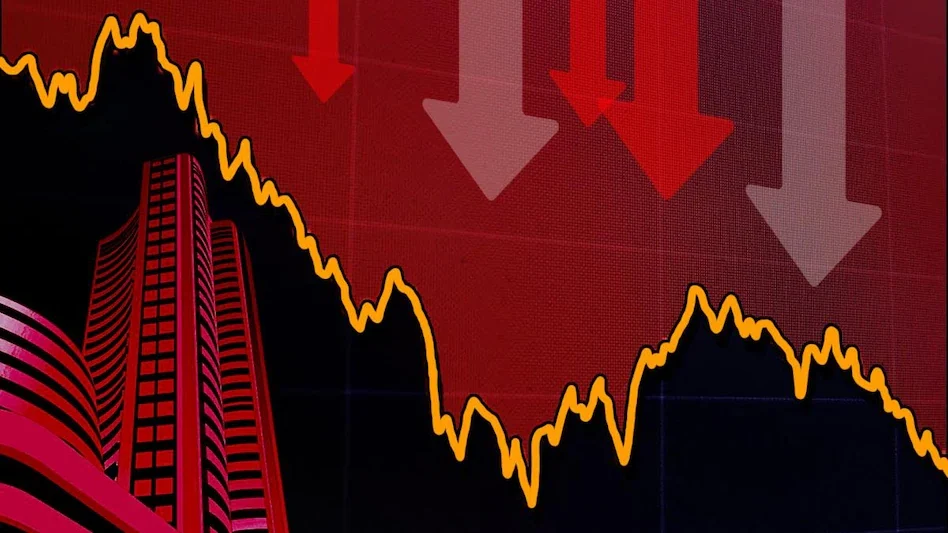
If you’re an IEX shareholder or considering an investment, here are a few points to keep in mind:
✅ Short-Term Investors
- Volatility is likely to persist until the Q1 results are out and the full impact of coupling is better understood.
- Caution is advised. Avoid panic selling, but closely track management commentary.
📈 Long-Term Investors
- Market coupling may reduce margins, but IEX remains a debt-free company with strong fundamentals.
- It has a history of adapting to regulatory changes.
- If the stock falls further, buying on dips could offer long-term value once new revenue drivers stabilize.
Conclusion
The approval of market coupling by CERC marks a major shift in India’s power trading landscape. While it promises efficiency and transparency for the broader energy ecosystem, it also challenges the existing dominance of platforms like IEX.
The sharp fall in IEX shares reflects the market’s anxiety over this transition. However, with the right strategy, innovation, and adaptation, IEX still has room to maintain relevance and deliver shareholder value in a changing market.
Investors must now watch closely—not just the Q1 numbers, but also how the company plans to respond to the new regulatory reality.
FAQs
Q1. Why did IEX share price drop today?
IEX shares fell 28% after CERC approved market coupling, which may impact the company’s dominance and earnings.
Q2. What is market coupling in power trading?
Market coupling is a process where bids from all power exchanges are cleared through a central system to unify electricity prices.
Q3. Will IEX lose market share after market coupling?
Yes, market coupling may reduce IEX’s market share and transaction revenue by enabling more competition and a common price.
Q4. Is IEX a good stock to buy now?
For long-term investors, IEX may still offer value if it successfully adapts to the market changes and diversifies its revenue.
Q5. When will market coupling start in India?
Market coupling for the Day-Ahead Market is set to begin in January 2026, with phased implementation planned.
